
- Home
- India
- World
- Premium
- THE FEDERAL SPECIAL
- Analysis
- States
- Perspective
- Videos
- Sports
- Education
- Entertainment
- Elections
- Features
- Health
- Business
- Series
- In memoriam: Sheikh Mujibur Rahman
- Bishnoi's Men
- NEET TANGLE
- Economy Series
- Earth Day
- Kashmir’s Frozen Turbulence
- India@75
- The legend of Ramjanmabhoomi
- Liberalisation@30
- How to tame a dragon
- Celebrating biodiversity
- Farm Matters
- 50 days of solitude
- Bringing Migrants Home
- Budget 2020
- Jharkhand Votes
- The Federal Investigates
- The Federal Impact
- Vanishing Sand
- Gandhi @ 150
- Andhra Today
- Field report
- Operation Gulmarg
- Pandemic @1 Mn in India
- The Federal Year-End
- The Zero Year
- Science
- Brand studio
- Newsletter
- Elections 2024
- Events
- Home
- IndiaIndia
- World
- Analysis
- StatesStates
- PerspectivePerspective
- VideosVideos
- Sports
- Education
- Entertainment
- ElectionsElections
- Features
- Health
- BusinessBusiness
- Premium
- Loading...
Premium - Events
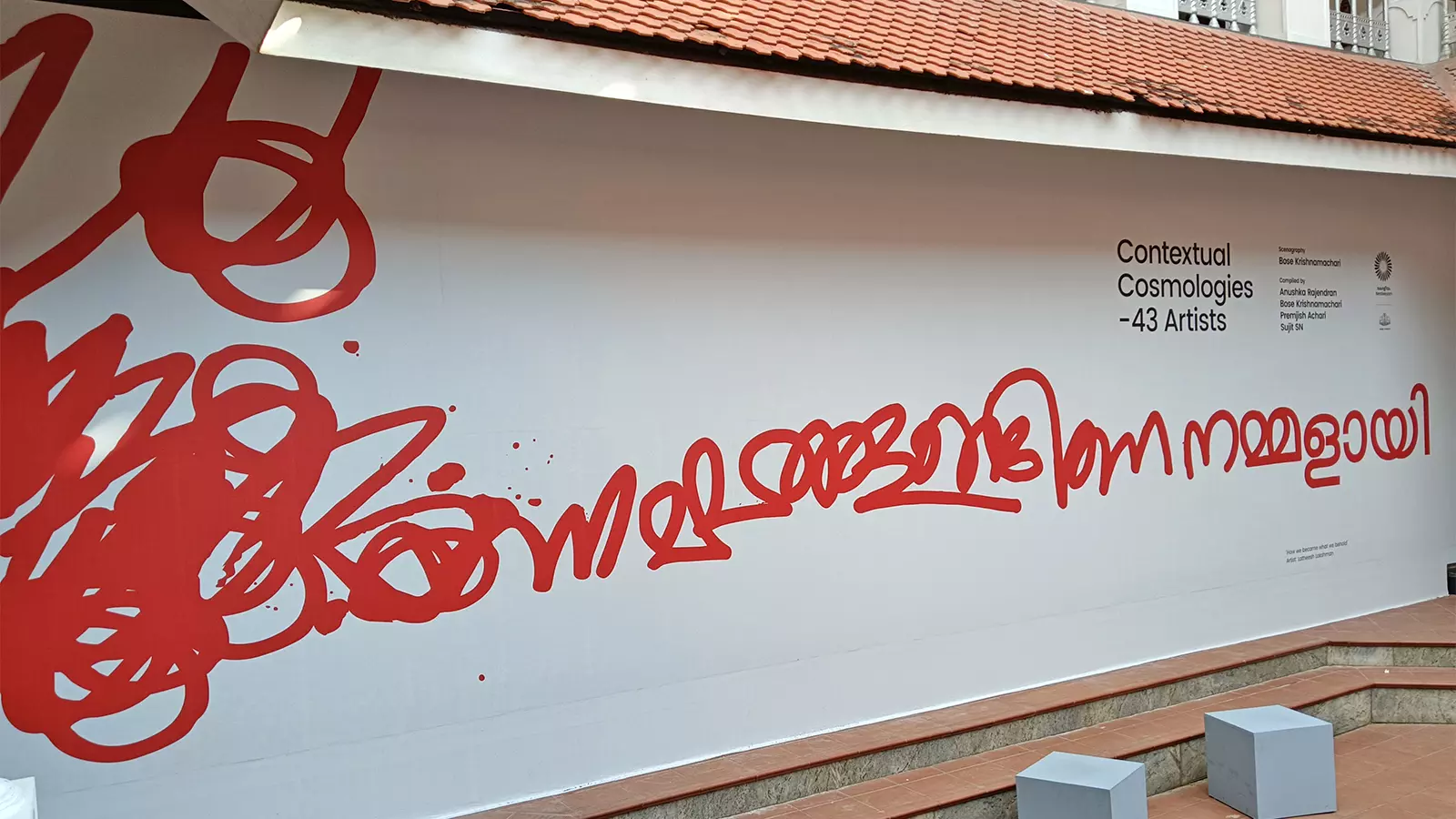
Three aluminium ladders… three wheelchairs with a huge rock on each one. Do the rocks on the wheelchairs climb the ladders? The idea is crazy, one might think. But within this installation lies the paradox of life, according to VS Blodsow, one among the 43 Malayali artists, whose works have been displayed at the ongoing art exhibition called ‘Contextual Cosmologies’ at the College of...
Three aluminium ladders… three wheelchairs with a huge rock on each one. Do the rocks on the wheelchairs climb the ladders? The idea is crazy, one might think. But within this installation lies the paradox of life, according to VS Blodsow, one among the 43 Malayali artists, whose works have been displayed at the ongoing art exhibition called ‘Contextual Cosmologies’ at the College of Fine Arts in Thiruvananthapuram. “In fact, every aspect of life contains a paradox within it,” says the young artist about his installation titled, ‘A Fragmented Paradoxical Story’.
Even though the exhibition included the works of some senior artists, its aim is to provide space to young and talented artists. Blodsow is happy that his illustration has got a good display. However, finding a space for the gallery where artists like Blodsow could set out a journey in search of the paradox of life was challenging for the show’s scenographer Bose Krishnamachari.
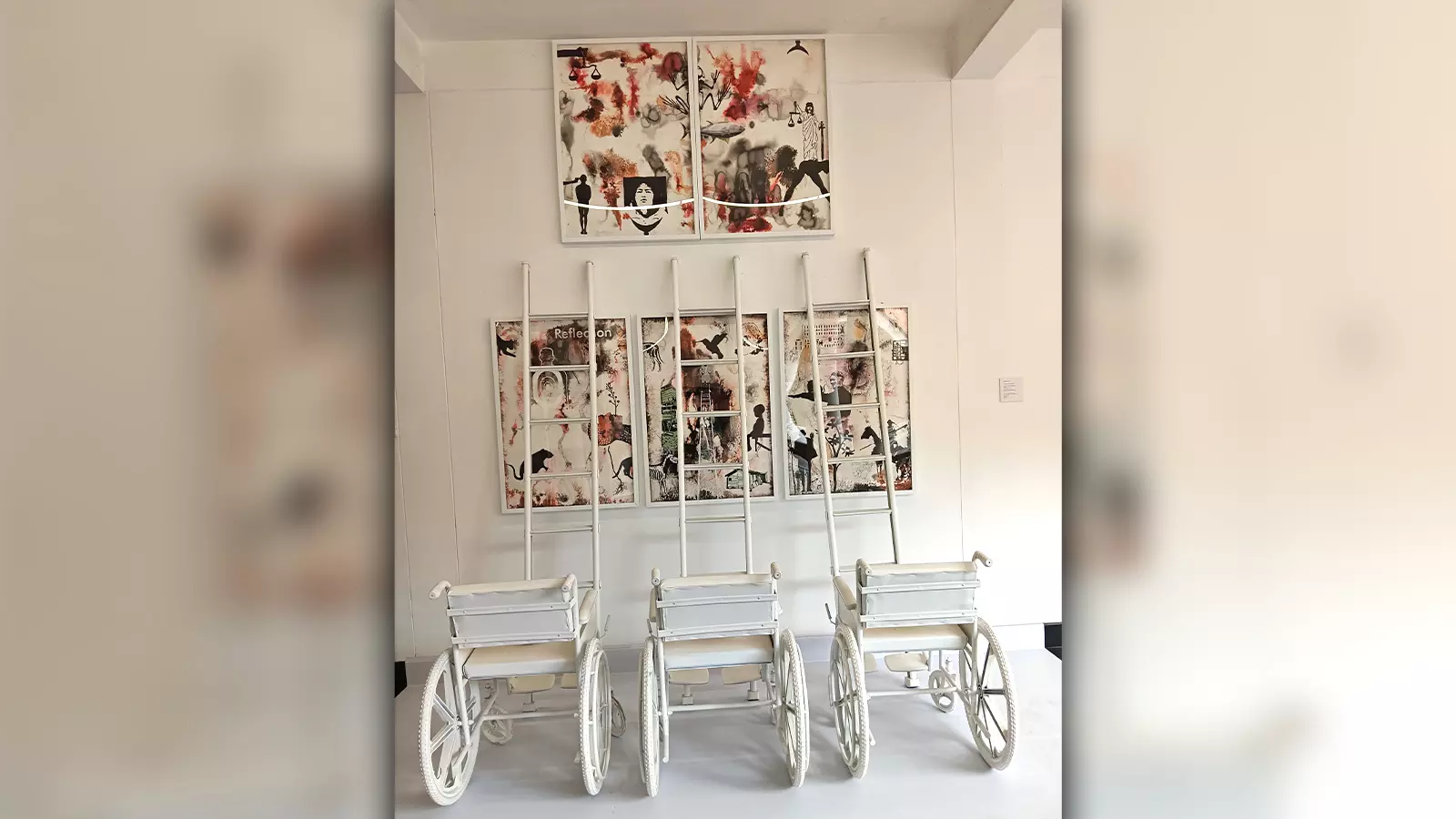
A paradoxical art work on display at 'Contextual Cosmologies’ going on at the College of Fine Arts in Thiruvananthapuram.
A world renowned curator-artist, Bose believes that institutional space could be used for setting up art galleries in the cities. When he saw the building of the Fine Arts College, he felt that nothing much was happening there. He wanted to convert the space into an art gallery. So when the officials of the Government of Kerala approached him for its annual event called ‘Keraleeyam’ — designed to showcase the world-class features of Kerala to the global community —, Bose suggested that the old halls of the College of Fine Arts could be converted into a gallery to showcase the exhibition in connection with the event. The government agreed. With a team of young curators Anushka Rajendran, Premjish Achari and SN Sujith, Bose did the scenography. Within a short span of time, the team converted the old halls of the college into a modern art gallery.
“I have been to the Fine Arts College so many times. Even though the institution produced many talented painters and sculptors, I found a sense of stillness inside the old building. We don’t have big art galleries in Thiruvananthapuram, and that’s how the idea struck. If that’s the case, why can’t we use the institutional space for setting up galleries, and that’s how we started ‘Contextual Cosmologies’,” says Bose Krishnamachari, the brain behind the Kochi-Muziris Biennale, an international exhibition of contemporary art which began its first edition in Ernakulam in 2012.
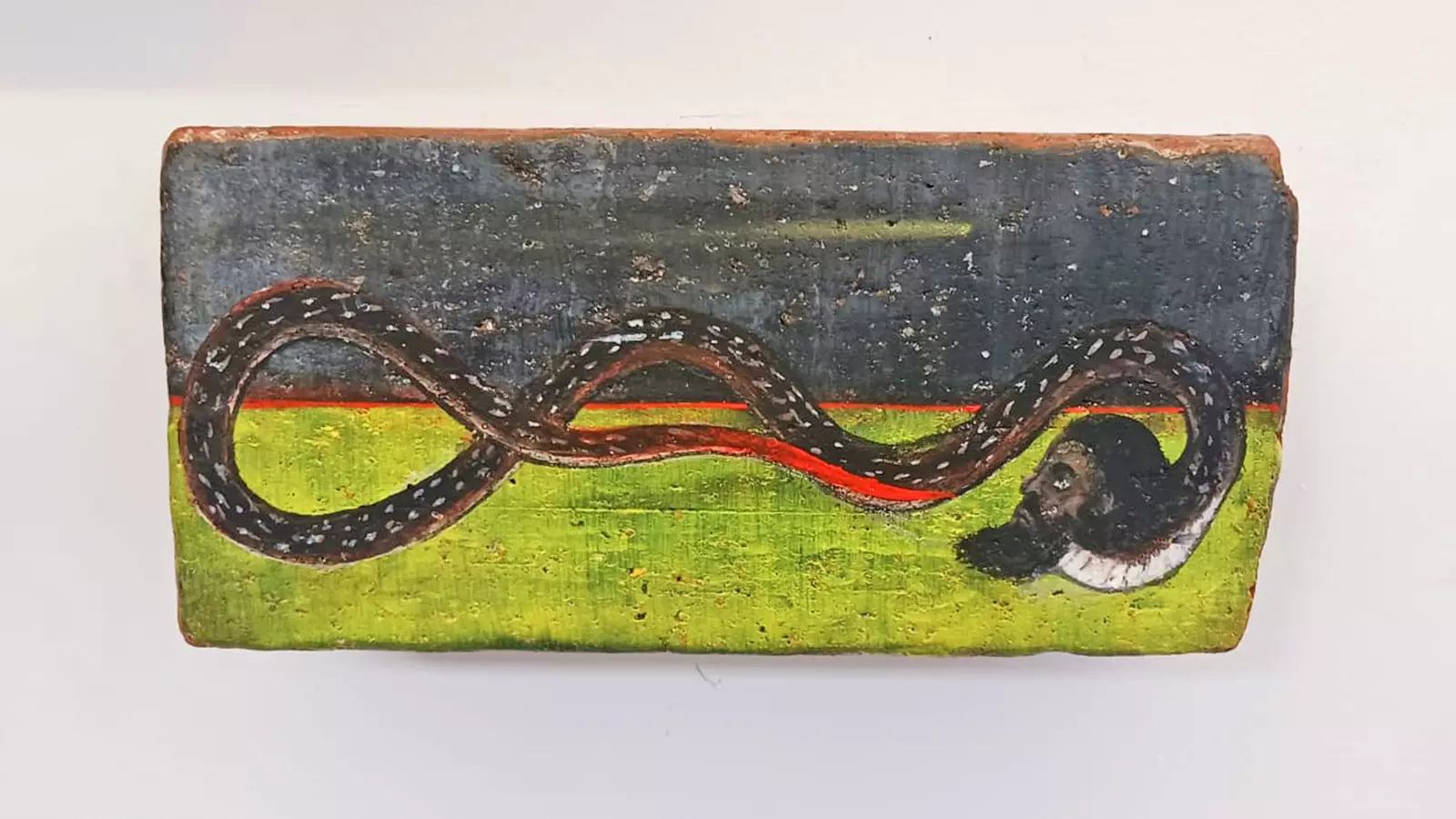
The artists whose works are presented as part of the exhibition indicate fragmented and meandering imagination.
‘Contextual Cosmologies’, according to Bose, delves into the complex and critical notions associated with belonging to and longing for a place, and the sensorial proximities and contradictions that define Kerala for intergenerational practices emerging from, inspired by and based in the social, political, ecological and cultural sensitivities of the context. He said the artists whose works are presented as part of this exhibition indicate the diversity of these practices, and the fragmented and meandering imagination, politics, processes and materialities that they are preoccupied with.
The selection of artists for the exhibition was equally challenging. Bose travels a lot and he picks up artists who are good and talented, a reason why many who raised objections to the Kochi-Muziris Biennale project in its initial stage later started praising him when the project became a success in the ensuing years. With the launch of the Kochi-Muziris Biennale in 2012, Bose created an atmosphere where artists can grow in Kerala. The Biennale has brought many young artists, particularly women, to come to the fore.
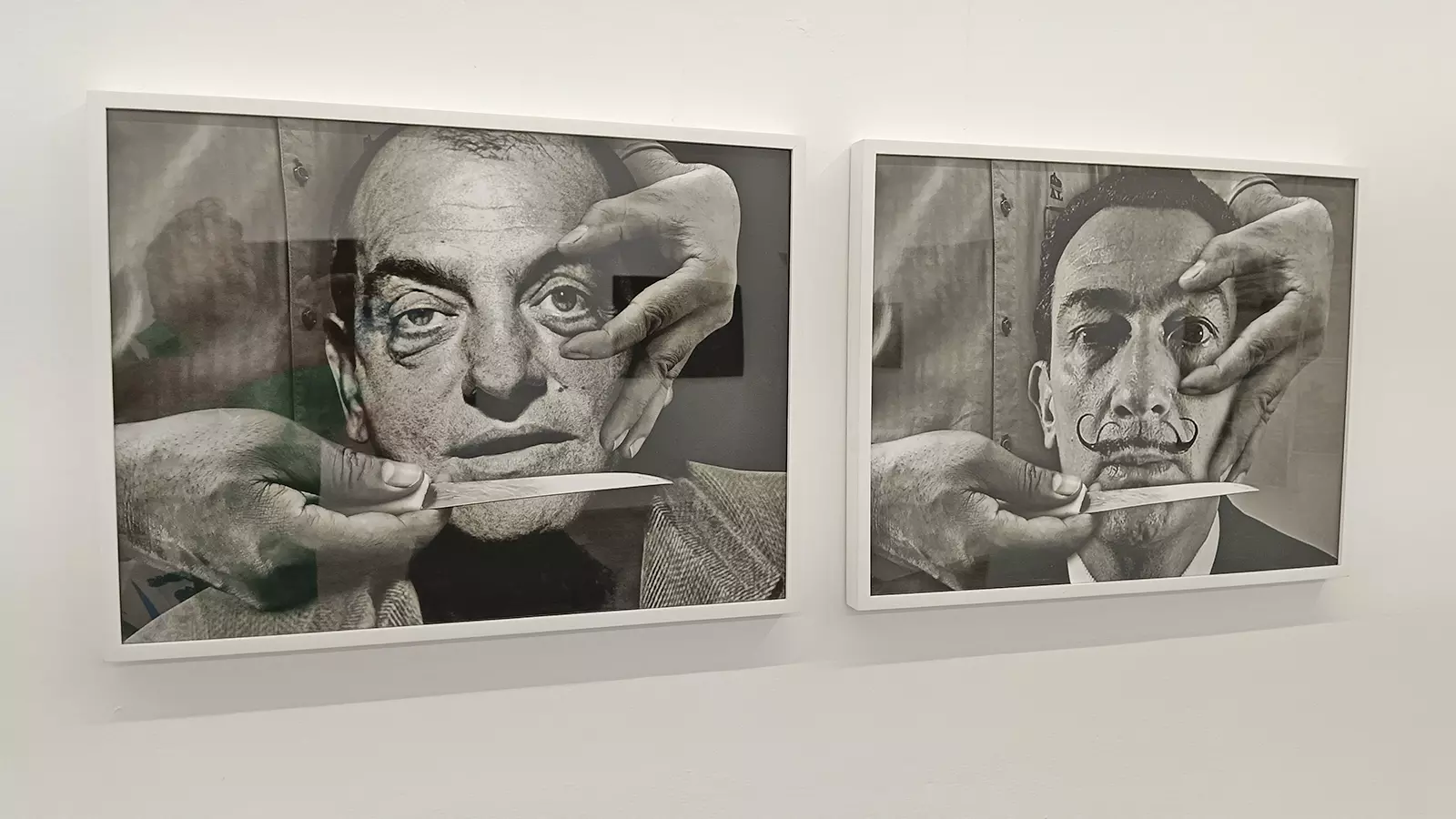
Even though the exhibition included the works of some senior artists, its aim is to provide space to young and talented artists.
Unnikrishnan C’s first encounter with art started when he accidentally poured some paints on the unplastered brick walls of his house. He realised the sudden changes of the colour on the terracotta bricks. Born in Pezhumpara, a remote village in Palakkad district of Kerala, he belongs to a family of weavers who made baskets. As he grew up, he observed the rapidly changing things around him. A personal archive of stories and traditional practices on one side and modern changes on the other, he created a world by mixing the images and materials associated with his family trade of basket weaving and carvings and paintings of terracotta bricks.
“I can never forget the unplastered walls of my house where I first experimented with colours. I never got the opportunity in the beginning of my career. But I didn’t lose hope. I was confident with my work on the bricks. And the terracotta bricks soon became my canvas,” says Unnikrishnan, whose works have been exhibited in the show curated by Preema John and Reha Sadhi in Switzerland and also in the show curated by Jitish Kallat at the Kochi-Muziris Biennale. For an artist, finding a space to showcase his works is very important. “I am happy to be part of this show. The response is good,” he added.
Anju Acharya, another participating artist, says being a mother and an artist is not easy but, ‘I am enjoying and analysing each moment as a human being.” In her drawings, she has blended together a surreal worldview with attention to anatomical detail to create a lifeworld which is unique in itself and also serves as the setting in which a story of two or more different multicellular lifeforms plays out. “My work reveals the delicate balance between structure and fluidity within life, through the duality of my clear, solid drawings and the free play of colours within the lines which complement each other in a rather unusual way. My focus is on how humans tend to privilege the outward appearances and aspects rather than the changes that happen internally as a person matures with age and other life-events like pregnancy and ailments,” says Anju, whose works have been exhibited at major shows.
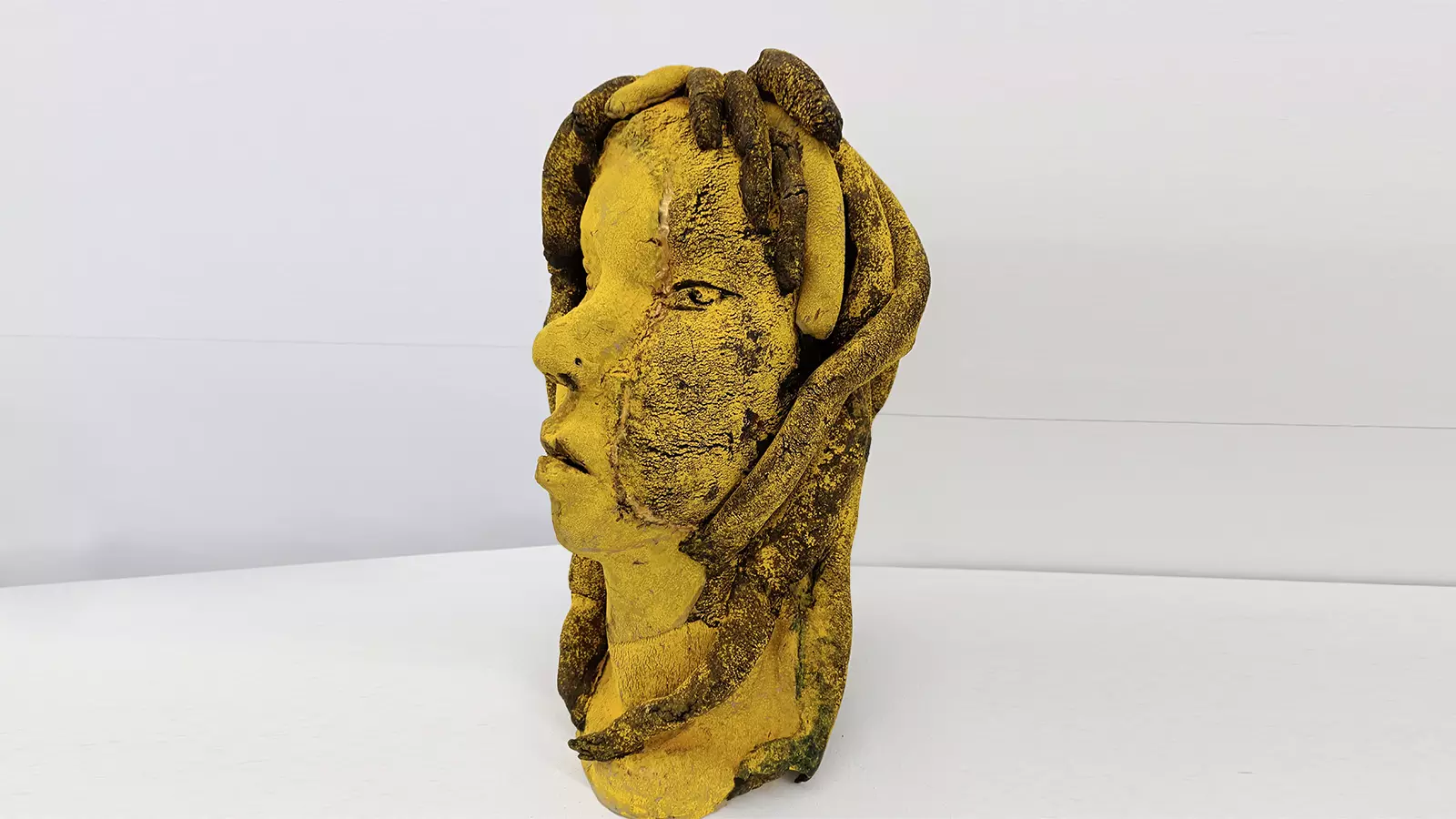
A work of art on display at the exhibition.
Being an alumnus of the College of Fine Arts, Prasad Raghavan is happy to be part of the show. “I graduated from this college only, but I was a design student. Even though I have exhibited my works at various venues in India and abroad, this is special for me. I am happy to see a fantastic gallery in this college. It is good news,” says Prasad, who has his studio in Mukteshwar, a village in the Nainital district of Uttarakhand. Prasad’s works have been exhibited at prominent venues in India, including the first edition of the Kochi-Muziris Biennale, as well as abroad.
Abdulla PA, another young participating artist, creates a world of metamorphosis, where the ordinary is transformed into something spectacular. “Space is important for an artist. I got a decent place to display my illustration. The response from people is good,” he says. The exhibition has some stunning works from women artists like Lakshmi Madhavan, Sooraja KS and Haseena Suresh. Works of senior artists like TV Santhosh, Murali Cheeroth, Shibu Natesan and Gigi Scaria have also been exhibited.
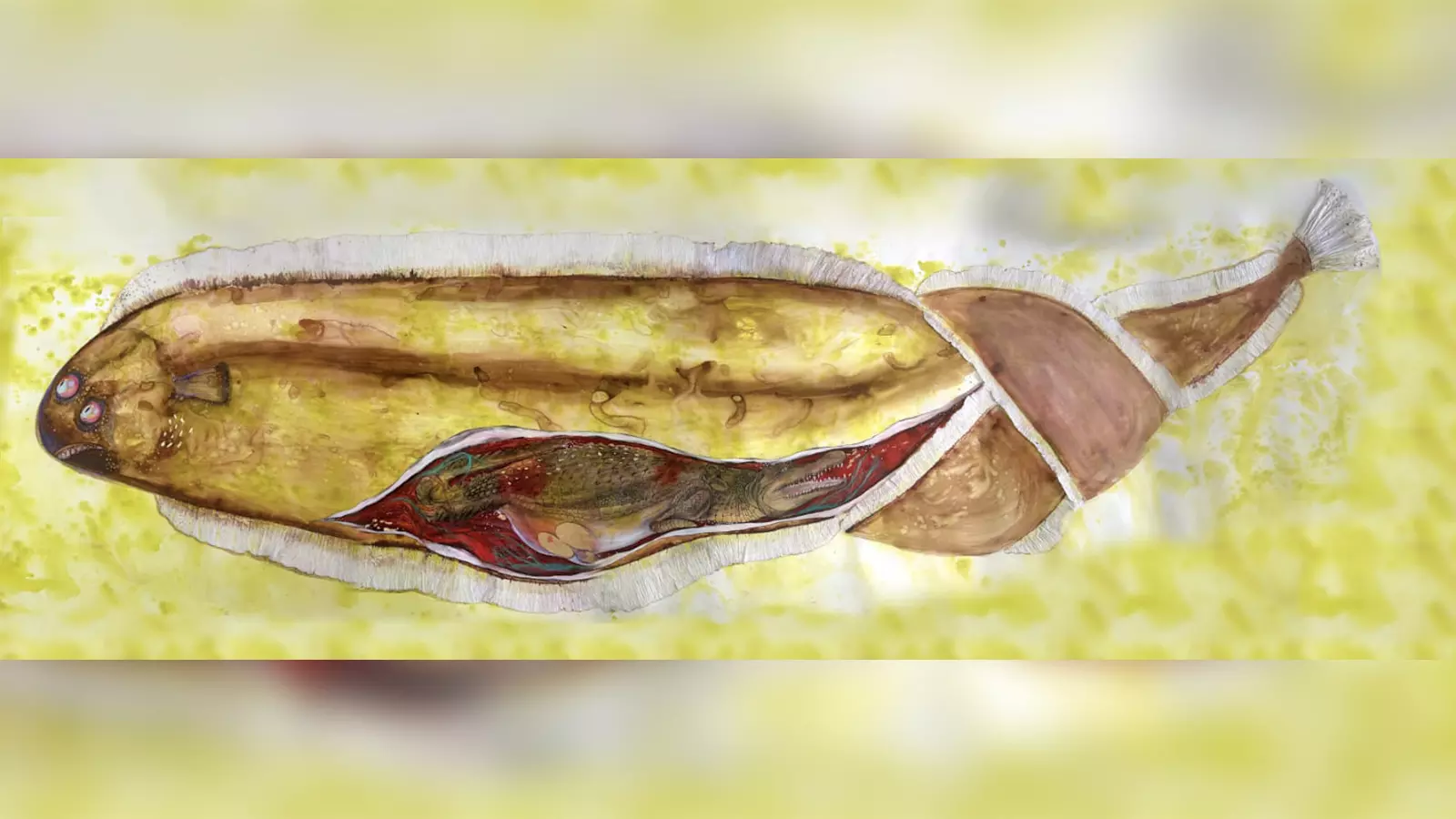
The date of the exhibition has been extended till December 31.
Started as a week-long exhibition as part of the Keraleeyam fest in the first week of November, ‘Contextual Cosmologies’ has been extended till December 31. “We requested the government to extend the exhibition because of the public response. Knowing the importance of the exhibition, the minister and other officials agreed to it. We need to use the vacant places of the institutions productively. We hope the government will maintain the gallery as a permanent place to showcase art works,” says Bose.
“It will be nice if we can find more such spaces for art galleries,” he added.

